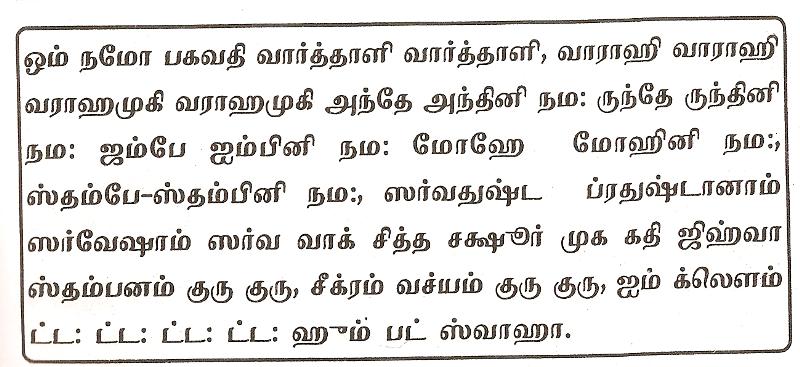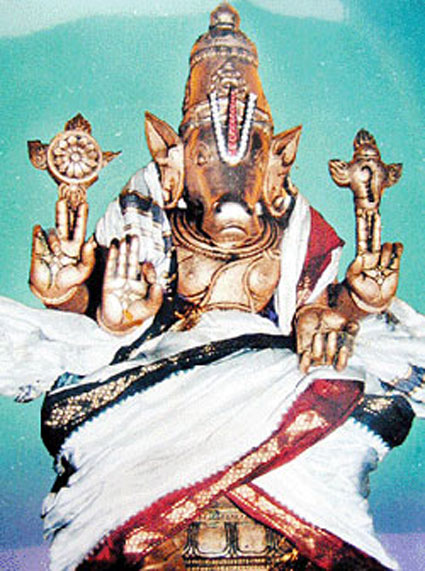
Narada asks Brahma to grant him the knowledge of Brahman, which saves one from sins and grants spiritual and material wealth. The text opens with an invocation to the god Vishnu, Indra, Garuda, the Sun, and Brihaspati are also invoked for welfare of all. It is narrated as a sermon by the god Brahma to sage Narada. The Hayagriva Upanishad has 20 verses and is divided into two chapters. In the Hayagriva Upanishad, the term refers to half-human horse-headed Vishnu avatar who is the teacher of humanity.

Finally, in Pancaratra Vaishnava tradition, Hayagriva-Vishnu becomes the god of learning and one who protects, maintains the Vedas. In a third version, a mythology presented in medieval era Devi-Bhagavata Purana, Vishnu appears in a hybrid human-body, horse-headed form called Hiyagriva who battles and kills a horse-like demon also named Hiyagriva. In an alternate mythology, Hayagriva refers to a demon who stole the Vedas and was slain by Vishnu in his Matsya (fish) avatar, a story presented in the Bhagavata Purana. In one legend, Hayagriva is the persistent horse who brought back the Vedas from asuras Madhu and Kaitabha who stole them, during the mythical battle between good and evil – a battle described in the Mahabharata. Hayagriva refers to a horse-themed avatar, also known as Ashvamukha, Ashvasirsa and Hayashirsa.


The term also refers to several different mythological characters found in all three major ancient Indic religions – Hinduism, Buddhism and Jainism. Patrick Olivelle states that sectarian Upanishads attached to Atharvaveda were likely composed in the 2nd-millennium, until about the 16th century. Sectarian Upanishads with tantra mantras were likely composed after the 10th century, states Douglas Brooks. Given the Vishnu avatar-oriented sectarian nature, and the description of tantric mantras in the text, it is likely a relatively late Upanishad. The composition date of the text is unknown.


 0 kommentar(er)
0 kommentar(er)
